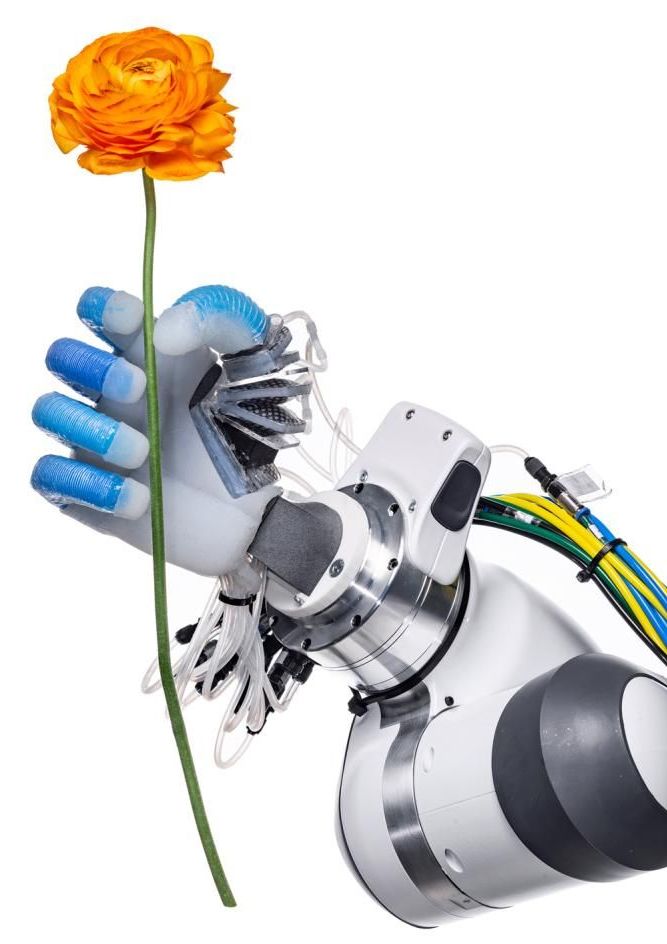Even before the COVID crisis added its impetus, technological trends were accelerating the creation of robots that could fan out into our lives. Mechanical parts got lighter, cheaper, and sturdier. Electronics packed more computing power into smaller packages. Breakthroughs let engineers put powerful data-crunching tools into robot bodies. Better digital communications let them keep some robot “brains” in a computer elsewhere—or connect a simple robot to hundreds of others, letting them share a collective intelligence, like a beehive’s.
Machines now perform all sorts of tasks: They clean big stores, patrol borders, and help autistic children. But will they make life better for humans?
